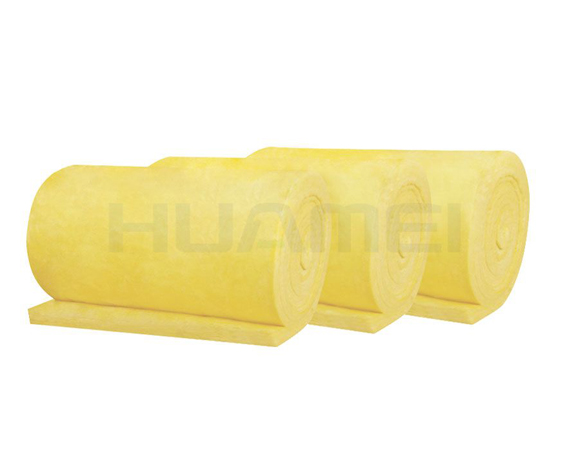E-mail: marketing@hbhuamei.com
It is not uncommon to hear a lot of potentially negative news about certain insulation products. While we believe that it is always better to be safe than sorry and that anyone considering installing insulation should gather all the important facts, including those relating to potential health hazards, it is equally important to get the facts right. Namely, despite the fact that some materials were once used as insulators (e.g. asbestos) and it has been demonstrated why it is very dangerous for their use to be prohibited by applicable regulations, we can often hear different stories about the threat posed by certain materials that are often used today. What's more, these misconceptions and myths are often the reason why someone does not choose a certain material or even decides not to insulate at all. As it is one of the most commonly used insulation materials, here we will address some of the most common misconceptions about glass wool insulation.
Glass wool insulation is an insulating material made from recycled glass, limestone, soda ash and sand that is exposed to high temperatures and bonded using some sort of resin to provide a degree of tear strength.
Once we have considered some of the basic characteristics, it is time to move on to the most common misconceptions about glass wool.
Furthermore, this insulation cannot be considered radioactive, as it contains no other radioactive substances than sand, which naturally has very low levels of radioactivity, but represents a very small percentage of the total radioactivity we get from natural resources throughout the year.

When talking about the potential health hazards of glass wool insulation, it is common to refer to the itching that can occur when the bearskin comes into contact with the fibres and dust created during the installation process. It is important to stress that although they may cause skin irritation, they are not allergic reactions but purely mechanical, meaning that the problem can easily be resolved with some water. However, basic protective equipment such as protective gloves and masks are recommended when working with any material that will generate dust during installation. Once the work has been completed, long sleeves and legs will also solve the problem, as will proper ventilation.
Simply because of all the problems mentioned earlier in relation to glass wool, the product has been very thoroughly examined and studied over the years and the thousands of available studies have shown that this insulation can be produced and used safely. These studies have also been followed by an appropriate certification that the material is not classified as a hazardous substance.
The ultimate misconception about glass wool insulation refers to its impact on the environment, as indicated by the amount of energy required to produce the material. Despite the common belief that large amounts of energy are put into the production of this insulation, this only leads to more fossil fuel burning and more toxic gases being released into the atmosphere. However, here it is important to understand the entire life cycle of an insulating material, from the manufacturing process to the end of its useful life.
Basically, although a certain amount of energy will be used to produce the material after it has been installed, it will also save a significant amount of energy throughout its lifetime, thus keeping the balance. In the end, by installing glass wool insulation correctly, you will save more energy than it would have taken to produce the product in the first place, making it an energy-efficient way to add your home to the list of green buildings.
Send us your project details and we will provide you with the best prices on the best insulation products in China. Welcome to contact us.
Copyright © Huamei Energy-saving Technology Group Co., Ltd. All Rights Reserved | Sitemap | Privacy Policy
Insulation solutions LIST: Insulation solutions LIST